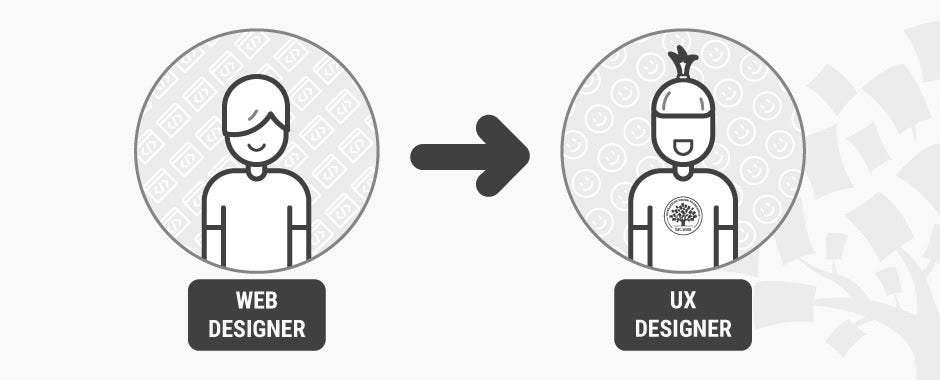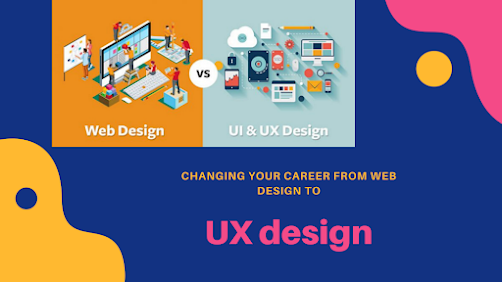Switching careers these days is not such a big deal, especially amongst the millennial generation workforce. When it comes to user experience design, the current job market is booming with astonishing growth. Most professionals with a rich and extensive design background are finding it more relevant to make a career change into UX design. There could ideally be several reasons for making the switch to UX design but the most lucrative one is a higher paycheck when one switches from web design to UX design.
If you are associated with a Web Design Company and have enriched experience in designing various types of web-based assignments like eCommerce portals, blogs, and commercial pages then you will be the most desired workforce in the UX segment.
Defining experience design(UX design)

This term was coined by Don Normann a few decades ago. It revolves around the idea that you have to enrich the customer’s whole experience and not just the screen they look at.
It encompasses a rich understanding of psychology, interaction design, and graphic design including various other skill sets. There are three basics aspects that a UX designer needs to be involved in:
1. How the outlook of the product is?
2. How does it feel while interacting with the product?
3. How useful the product is for the users?
You’d have developed a consolidated understanding of all these aspects already as a Web designer, which will make your transition to UX design much smoother.
How do Web designers and UX designers differ?
Even tho these two careers have striking similarities in their respective portfolios, there are still some major differences that set them apart in their unique ways. The core difference of being a UX designer is much more than just publishing the website online.
- User-focused- Web design is brand-focused whereas UX design is user-focused. The main aim of UX design is user research and usability testing. It’s not only about design but also about who you are designing for.
- Level of coding expertise- For Web designers, it is important to know HTML, CSS, and other programming languages, but it’s not a necessity for UX designers. Having a basic understanding of codes is usually expected but expertise is not required.
- Diversity in jobs- The job opportunities for Web designers is limited to the Web. On the other hand, UX is more than the web. UX designers can find a job not only in rising fields like tech startups but also in other industries like car manufacturers. As long as there are products, there is a need for UX, which leads to various job opportunities.
Moving from Web design to UX design

When it comes to landing a job in UX, Web designers have an advantage over others because they have a basic understanding of the fundamental elements of design. However, UX is its own beast and it will be beneficial only to develop your understanding of UX and its skills before pursuing new opportunities.
The following can help to make your transition from web design to UX design easier:
Start with the basics
Understand the fundamentals of UX design and know how it evolves. It will help you to know the background information and also you will understand the differences and similarities between the two.
Enhance your skills
After figuring out what skills are needed the most, begin your search for opportunities to improve your skills. You can attend meetups, take online courses, reach out to Ux designers, etc.
Build a portfolio
Start to build your portfolio which will help your potential employers to know what you have got to offer.
Design something
If making a portfolio didn’t help, try looking for a freelance project to kick things off. It might help you to get real experience.
Synopsis
Shifting your career from Web design to UX design is not that scary. It is really easy to use your current skill set to smoothly shift to a more lucrative disciple of UX design. Generally, Web designers have a good knowledge of digital design and also understand the significance of their clients. So, if you plan a career change from Web to UX design, it will help you to join the fastest growing career in today’s design ecosystem.

Comments
Post a Comment